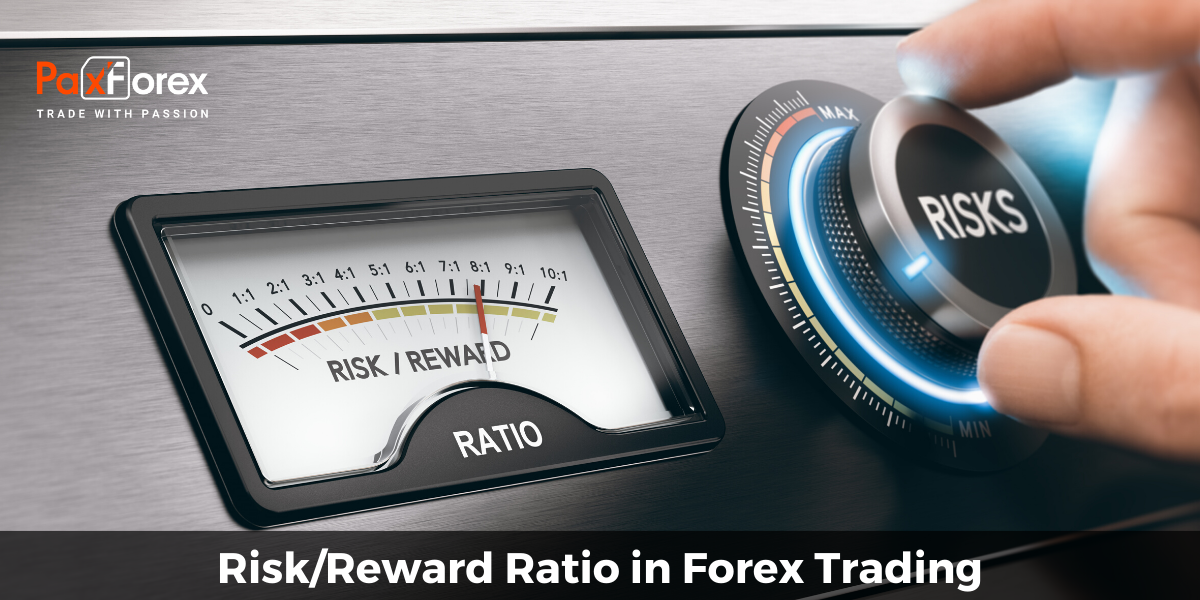
The risk reward ratio is simply a calculation of how much you are willing to risk in a trade versus how much you plan to aim for as a profit target. The basic theory for risk reward ratio is to look for opportunities where the reward outweighs the risk. The greater the possible rewards the more failed trades your account can withstand at a time. The idea of using a good risk reward ratio is to put the odds in your favor.
Knowing the amount of risk on each trade is one way to limit it and to protect your trading account. The risk-reward ratio is a parameter that helps a trader to determine the level of risk in a trade. It shows how much a trader is risking versus the potential reward (or profit) on a trade. While this may seem simplistic many traders neglect taking this step and often find that their losses are very large.
The type of risk reward ratio that traders should use really depends on the type of trader they are and the market conditions. It would be ideal if you could always find trades that have high rewards and low risk, but what you might find in reality could be very different. You should try to avoid having your risk be bigger than your reward particularly if you are a beginner, but there is no particular ratio that works for all traders.
The minimum risk-reward ratio for a forex trade is 1:2. However, a larger ratio is better. The cost of the currency multiplied times the number of lots will help the trader to know how much money is actually at risk in the trade. The first number in the ratio is the amount of risk in the trade. The reward is the gain in the currency price that the trader is hoping to earn from the currency price movement.
The risk-reward ratio is an important risk management and trading tool. It is important for new traders to take the extra time to perform this task because it can help to minimize risk in every trade. Waiting for the right risk-reward ratio can take a long time. However, the benefits of waiting for a higher risk-reward ratio are worth the effort and patience.







